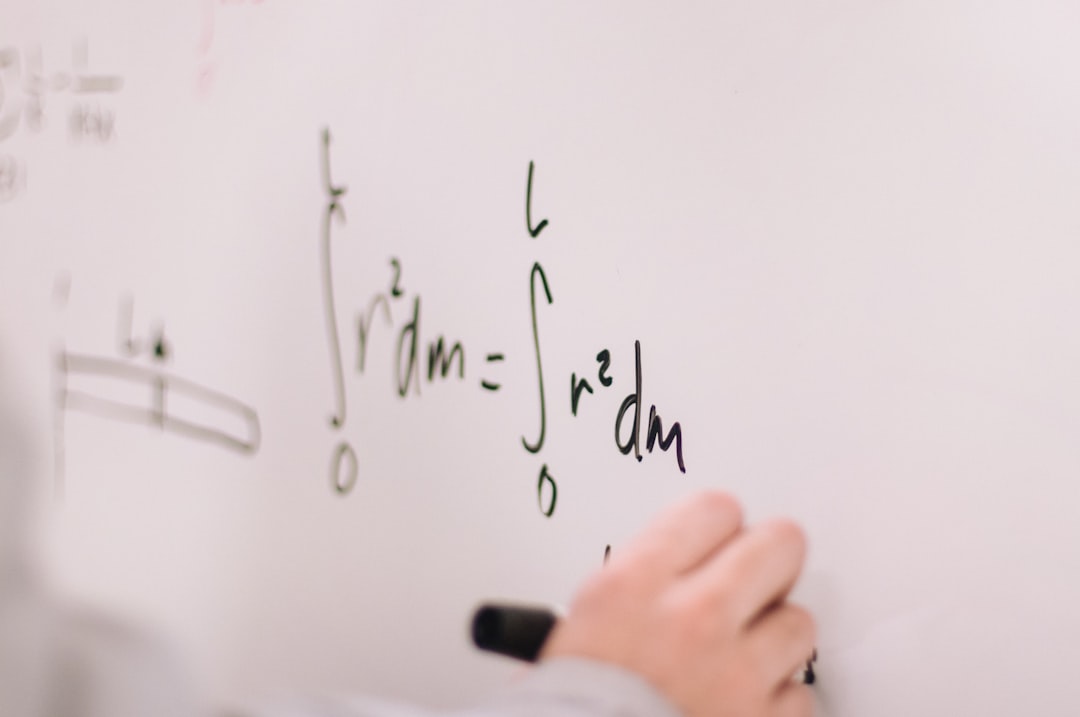What is it about?
A comparison between the basic BB84 Quantum Key Distribution (QKD) and its optimised version based on Quantum Dense Coding is presented, in terms of theoretical modelling and feasibility of circuits implementations. These circuits are mainly composed of probabilistic quantum photonic gates, single photon sources, beam splitters (BSs), polarising BS and single photon detectors. We assume that the photonic devices composing the circuits are not perfect. We assess the average success probabilities of the two protocols depending on the success probability of the photonic sources used and the distance between Alice and Bob.
Featured Image
Why is it important?
We demonstrate that typical real-world photonic devices permit the implementation of secure communication with only 0.65 of success probability over 120 km, while it could reach more than 0.9 over 148 km if just deterministic sources are provided.
Perspectives
Our BB84-QDC can still be improved by using quantum phase encoding techniques which will open new vistas for QKD with high key rate generation over long distances. Specific SPS technological realisation is then required and multiple attack strategies in addition to our optimised version are to be considered for security proof.
Dr Amor Gueddana
University of Carthage, Sup'Com
Read the Original
This page is a summary of: Physical Feasibility of QKD Based on Probabilistic Quantum Circuits , IET Information Security, May 2018, the Institution of Engineering and Technology (the IET),
DOI: 10.1049/iet-ifs.2017.0375.
You can read the full text:
Contributors
The following have contributed to this page










